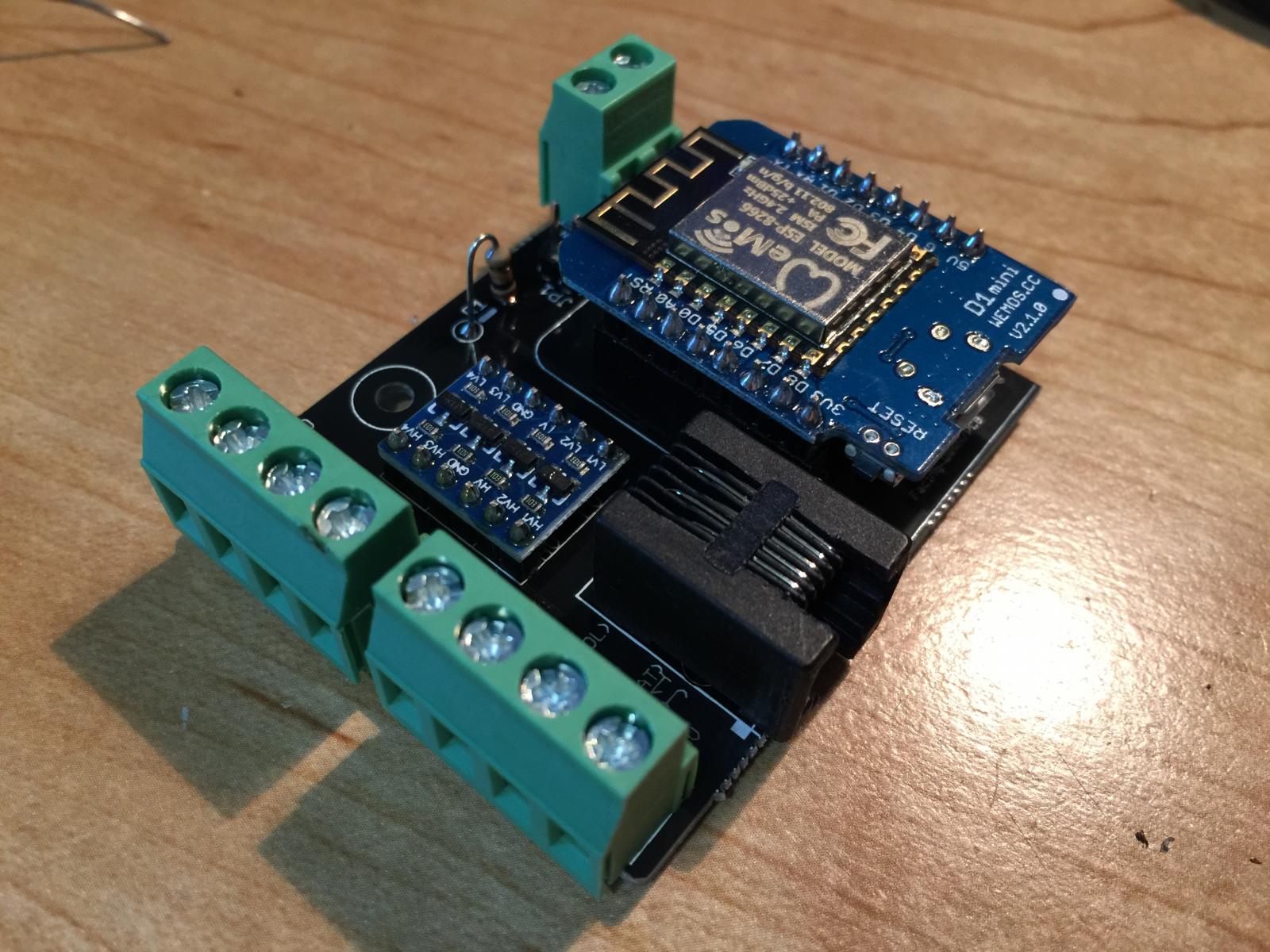(helpful words which I had to cut all of because posting from phone)
Pocketmon's pinout was based on the original pinout that I was using if I recall correctly. That said, I would imagine that you could remap the pins he's using for the rotary encoder to unused pins in the current pinout if you were so inclined.
To the extent that you're looking to retain all the features, you could even replace the heat/cool pins with OneWire GPIO expanders and keep the buzzer/door pins (though I wouldn't see an issue with dropping the buzzer pin regardless).
No matter what - adding a rotary encoder will require a different PCB. My preference would be to make sure that the heat/cool pins weren't remapped to outputs (so if someone flashed the wrong firmware to their device they wouldn't burn up their fridge/heater/house) but beyond thinking about keeping the firmware safe to use with the alternate pinout I don't see an issue with remapping pins given a different use case.























































![Craft A Brew - Safale S-04 Dry Yeast - Fermentis - English Ale Dry Yeast - For English and American Ales and Hard Apple Ciders - Ingredients for Home Brewing - Beer Making Supplies - [1 Pack]](https://m.media-amazon.com/images/I/41fVGNh6JfL._SL500_.jpg)




